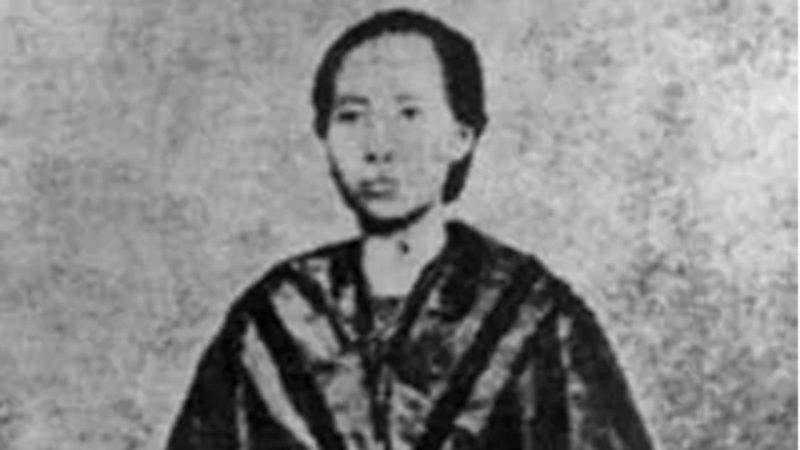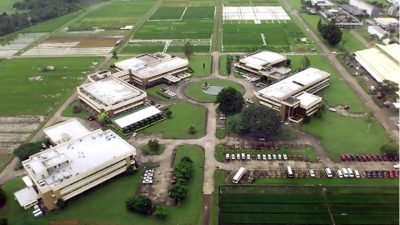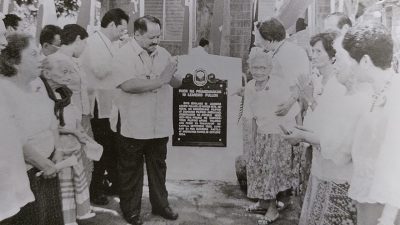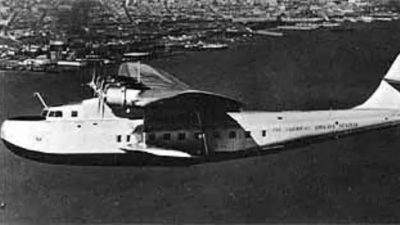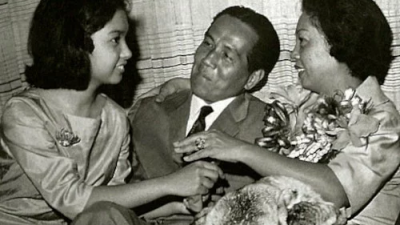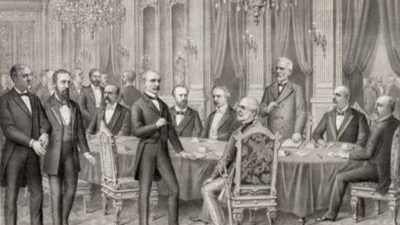Leonora Florentino
On October 4, 1884, Leona Florentino, the first Filipina poet in Spanish and Ilocano languages, died at the age of 35 in Vigan, Ilocos Sur.
Born on April 19, 1849 to a wealthy and prominent family in Vigan, Florentino was the first Filipina poetess who established fame in the Philippines and in Europe.
Her exquisite poems in Spanish and in Iloko were exhibited in the Exposicion General de Filipinas in Madrid (1887) and in the Internacional Exposicion in Paris (1889), where they attracted wide attention and won fame for her country and herself.
In recognition of her literary ability, she was included in the Encyclopedia Internationale des Oeuvres des Femmes (International Encyclopedia of Women’s Works) which was edited by Madame Andzia Wolkska in 1889.
The young Florentino’s intelligence and lyricism was obvious at an early age when she began to write her first verses in Ilocano.
Although barred from receiving university education because of her gender at that time, Florentino improved her mind by voracious reading of books. A learned Ilokano priest, Father Evaristo Abaya, curate of Vigan, taught her advance Spanish and encouraged her to write poetry.
She was married to Elias de los Reyes, who, at one time, served as alcalde mayor of the province.
Five children born to them, the eldest of whom was Isabelo de los Reyes, who later became distinguished man– of-letters, civic leader, and senator.
Her memory is now preserved by a monument and a street in Vigan, and immortalized by the pens of historians and biographers.
Sangley insurrection
Also on this day, October 4, 1603, the Sangley insurrection broke out in Manila in the name of their governor Juan Baptista.
On the night of Saint Francis day, Saturday, October 4, 1603, at about 11:00 pm, the Chinese residents of the city revolted. It all started with the coming of 3 unnamed Mandarins from China.
These men made innovations in the Parian district which made the governor-general suspicious. Precautions were taken and plans for the strengthening the fortification of the city and for providing for necessary supplies suitable in case “something should happen”. This caused disturbance among the Chinese who begun to confer among themselves in secret for means of insurrection.
Although necessary steps were made by the Audiencia and the governor to keep Chinese residents quiet, and to relieve them of the fear which they were said to have on account of the aforesaid precautions, it was not sufficient. The Chinese, led by a certain Sangley Christian, Juan Untae, and in the name of the Sangley governor Juan Baptista, gathered on the other side of the river of the city of Manila to the number of ten or twelve thousand, while many others remained in the Parian who fortified themselves as well as they could.
On this night, Saturday, they burned several houses and the orchard of a Captain Estevan de Marquina, killed the captain and his wife and four children and several servants. From here they went to the village of Quiapo, on the other side of the river, which they burned, killing several native children and women.
The governor-general, Pedro Bravo de Acuña, knowing what had happened on the preceding days, notified Don Luis Dasmariñas, the former governor of these islands, who lived in Binondo, sending him some troops so that he might keep watch of the enemy. On the next morning Don Luis was reenforced by a number of people and with these he went to meet the enemy near the village of Tondo. The Spaniards went out from there but the Chinese surrounded them with such a number of men that they could not retreat. Don Luis was killed along with more than a hundred Spaniards.
The next Monday, the Sangleys decided to go back to the Parian, and united with the people who remained there, to take the city. With great force and impetuosity they attacked this city, in several parts of the wall with many contrivances which they brought along to assault it.
Spaniards inside the Parian defended themselves well, killing many of the Chinese and doing all they could in defense. They also succeeded in setting fire to the Parian, obliging them to retreat to a stone chapel named Avocacion de Nuestra Señora de la Candelaria, where the Spaniards made a sortie to meet them and caused them great loss. When the Chinese saw that they could not maintain themselves there, they divided into bands and went inland, doing much damage as they retreat.
An attempt was made to reach them still, for which purpose one of the old captains of Manila, Don Luis de Velasco, was sent with a good force of soldiers. He attacked them one morning at dawn and killed more than three hundred. On the same day, when he returned with the intention of doing them more damage, he went so far into the enemy’s country that they killed him there with many other soldiers and two Franciscan friars.
The Chinese placed and fortified themselves in a very strong place called San Pablo de los Montes, about fifteen leguas from Manila, more or less.
This time the Spaniards sent captain and sargento mayor Christoval de Axqueta. He, with a hundred Spaniards, a number of natives, and some Japanese whom he took with him having located them and had a few engagements with them, killing many of the Chinese. Those who could escape fled, and all those who had remained were overcome and killed. Thence he went on to the other army which was situated in a place called Batangas. There the Spaniards overcome their enemy. Finally, both on account of the laudable efforts of the captain and likewise by the good behavior of the soldiers and the help of the natives, they killed all the enemy without losing a man, which was a very fortunate ending.
This account we are following is from the letter of the Audiencia to the king on December 12, 1603. In this letter, they praised the natives of provinces of Pampanga, Laguna, and Bulacan in helping quell this rebellion.
Sources: Philippine News Agency archives
Sangley Insurrection, The Philippine Islands, 1493-1803, Volume 12, Emma Helen Blair, A. H. Clark company, 1903, Cleveland, Ohio
(By Jr Amigo/ai/mnm)

